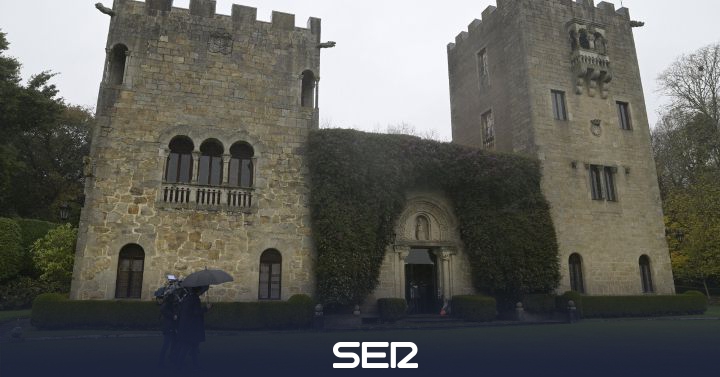The Provincial Court of A Coruña has revoked the order of precautionary measures of the Court of First Instance number 1 that ordered to deposit in favor of the State all the furniture and accessory elements of the Pazo de Meirás and condemns the Administration to compensate the Franco family for the damages caused.
The third section of the Hearing In this way it considers the appeal filed by the heirs of the dictator, because in the provisional execution of the sentence that grants the ownership of the pazo to the State “the discussion about who owns the furniture does not proceed, since the Administration did not claim it in its initial demand.”
In any case, explains the Superior Court of Justice of Galicia, the judges leave open the possibility that the Administration can sue in another lawsuit the ownership of the furniture that it considers the property of National Heritage assigned to the use of the head of state, as there is no recourse against this resolution.
The magistrates explain that “it was only demanded, and thus it was estimated, a property right on a cadastral property”, so they consider it “obvious” that the concept of “property by incorporation” could never be extended “to tables, chairs, dishes, rugs or pictures”.
According to article 703.1.2 of the Civil Procedure Law, they recall, whoever is obliged to surrender possession of a property has the right to remove the furniture not included in the execution of the sentence.
“If the purpose of the State was to avoid that architectural elements that should be considered part of the property could be detached, nothing prevented it from having requested that the judicial commission be present when the furniture was removed”, highlights the court.
It could also have promoted an execution incident in advance “in order to determine which elements should be considered inseparable, such as the discussion about a stone cross, a granary or stone elements of the garden, or an altarpiece or other objects, but not to establish that it cannot remove any furniture “.
The judges also argue that, despite the deposit of the furniture requested by the State within the process of provisional execution of the sentence, “at no time does the Administration announce a future lawsuit postulating the ownership of that furniture.”
Thus, in order to adopt a precautionary measure, a legal litigation must be alive (or state that the claim will be presented in a peremptory period), which does not happen in this case, because in the first instance ruling “it is not said that the furniture is property of the State, nor was that issue ever touched upon throughout the litigation. “
In the order, the court also recalls that only the two statues of Mestre Mateo are classified as Asset of Cultural Interest, while pointing out that the Galician Heritage Law “does not establish any loss of civil property” by the holders of those assets by virtue of being cataloged.
The lawsuit also does not claim “an asset of cultural interest as a group made up of both movable and immovable property,” the judges point out, adding that “neither does this administrative declaration exist, nor is it recognized in the sentence.”
–


